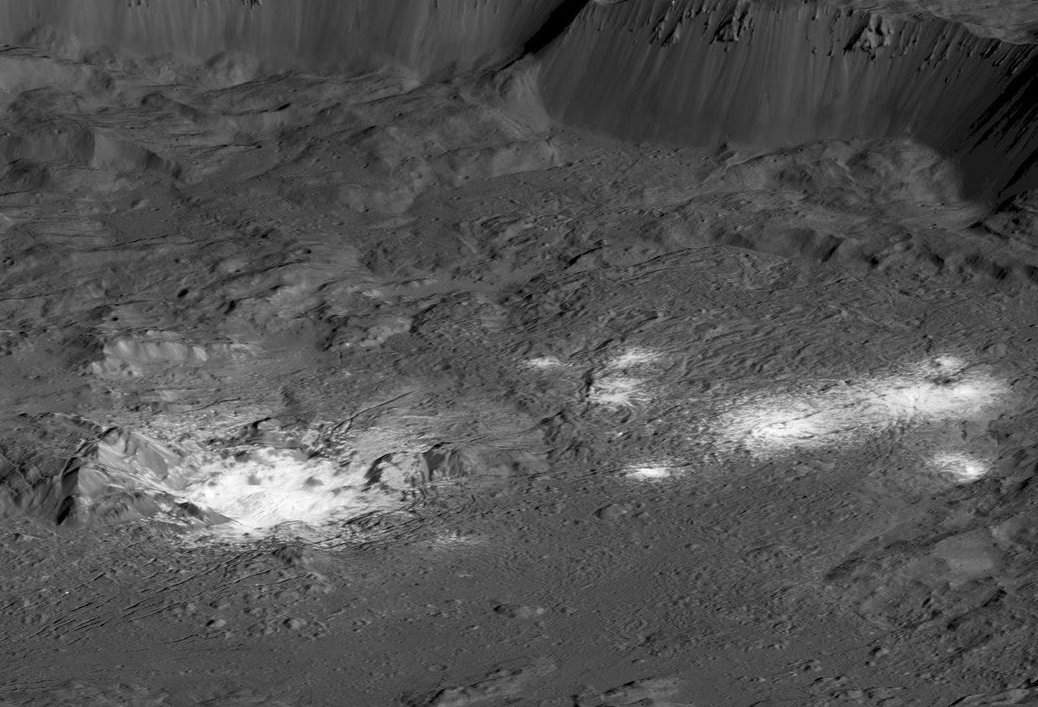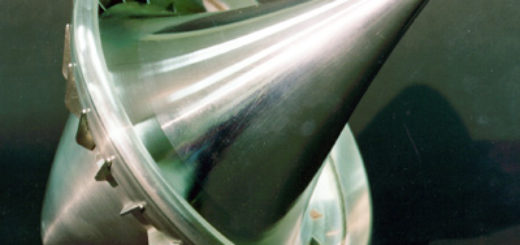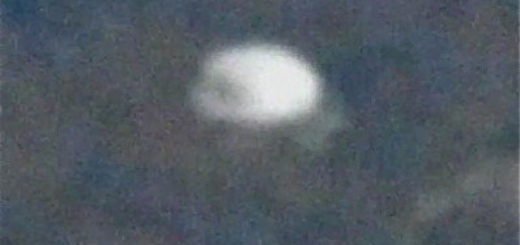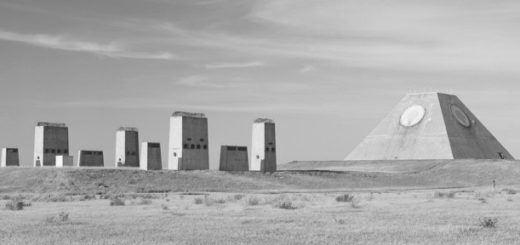Different Bright Areas On Ceres Suggest Geologic Activity

The surface of dwarf planet Ceres is not entirely dark. There are some exceptions in form of the hundreds of bright areas clearly seen in images returned by NASA’s Dawn spacecraft.
“The mysterious bright spots on Ceres, which have captivated both the Dawn science team and the public, reveal evidence of Ceres’ past subsurface ocean, and indicate that, far from being a dead world, Ceres is surprisingly active,” said Carol Raymond, deputy principal investigator of the Dawn mission, based at NASA’s Jet Propulsion Laboratory in Pasadena, California.
“Geological processes created these bright areas and may still be changing the face of Ceres today.”
Named for the Roman goddess of corn and harvests, Ceres is the largest object in the asteroid belt between Mars and Jupiter and the only dwarf planet located in the inner solar system. It was the first member of the asteroid belt to be discovered when Giuseppe Piazzi spotted it in 1801.
Different Kinds of Bright Areas
Since Dawn arrived in orbit at Ceres in March 2015, scientists have located more than 300 bright areas on Ceres and they have been divided in four categories, based on a new study led by Nathan Stein, a doctoral researcher at Caltech in Pasadena, California.
The first group of bright spots contains the most reflective material on Ceres, which is found on crater floors. The most iconic examples are in Occator Crater, which hosts two prominent bright areas.
Cerealia Facula, in the center of the crater, consists of bright material covering a 6-mile-wide (10-kilometer-wide) pit, within which sits a small dome.
East of the center is a collection of slightly less reflective and more diffuse features called Vinalia Faculae. All the bright material in Occator Crater is made of salt-rich material, which was likely once mixed in water.
Over hundreds of millions of years, bright material has mixed with the dark material that forms the bulk of Ceres’ surface, as well as debris ejected during impacts. That means billions of years ago, when Ceres experienced more impacts, the dwarf planet’s surface likely would have been peppered with thousands of bright areas.
“Previous research has shown that the bright material is made of salts, and we think subsurface fluid activity transported it to the surface to form some of the bright spots,” Stein said.
Why do the different bright areas of Occator seem so distinct from one another?
According to one explanation, it could have had, at least in the recent past, a reservoir of salty water beneath it.
Dawn spacecraft continues the final phase of its mission and it will descend to lower altitudes than ever before, scientists will continue learning about the origins of the bright material on Ceres and what gave rise to the enigmatic features in Occator.
Original story – here.



 Creators of mankind
Creators of mankind Description of “Tall white aliens”
Description of “Tall white aliens” Where they came from?
Where they came from? About hostile civilizations
About hostile civilizations The war for the Earth
The war for the Earth “Tall white aliens” about eternal life
“Tall white aliens” about eternal life Video: “Nordic aliens”
Video: “Nordic aliens” Aliens
Aliens Alien encounters
Alien encounters The aliens base
The aliens base UFO
UFO Technology UFO
Technology UFO Underground civilization
Underground civilization Ancient alien artifacts
Ancient alien artifacts Military and UFO
Military and UFO Mysteries and hypotheses
Mysteries and hypotheses Scientific facts
Scientific facts


















